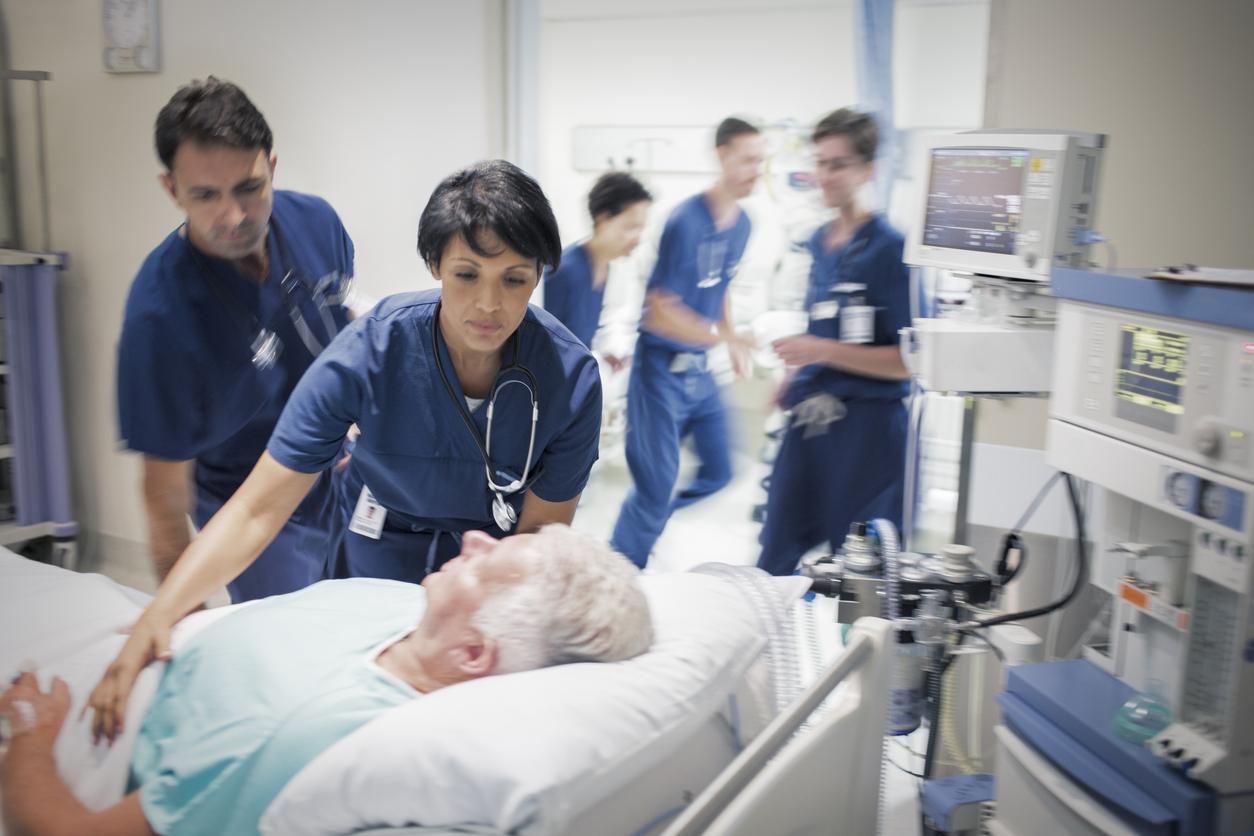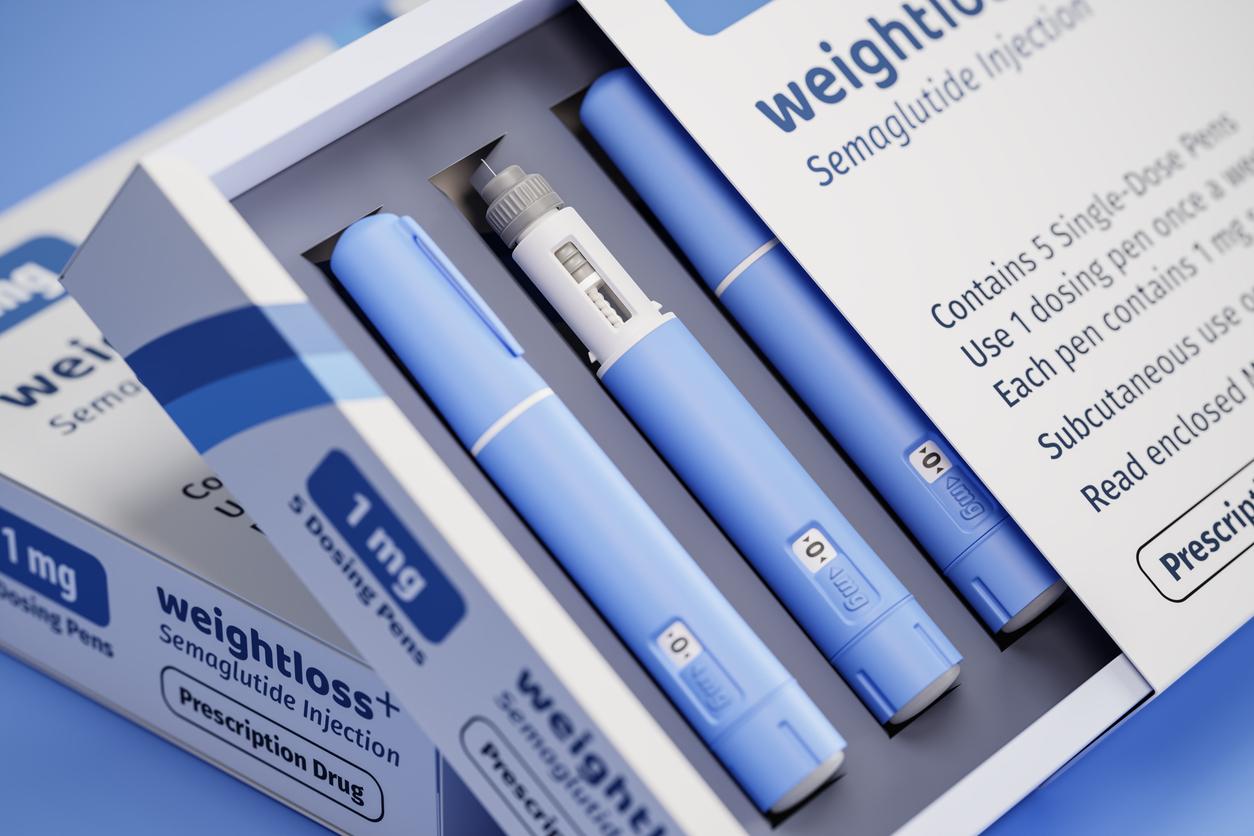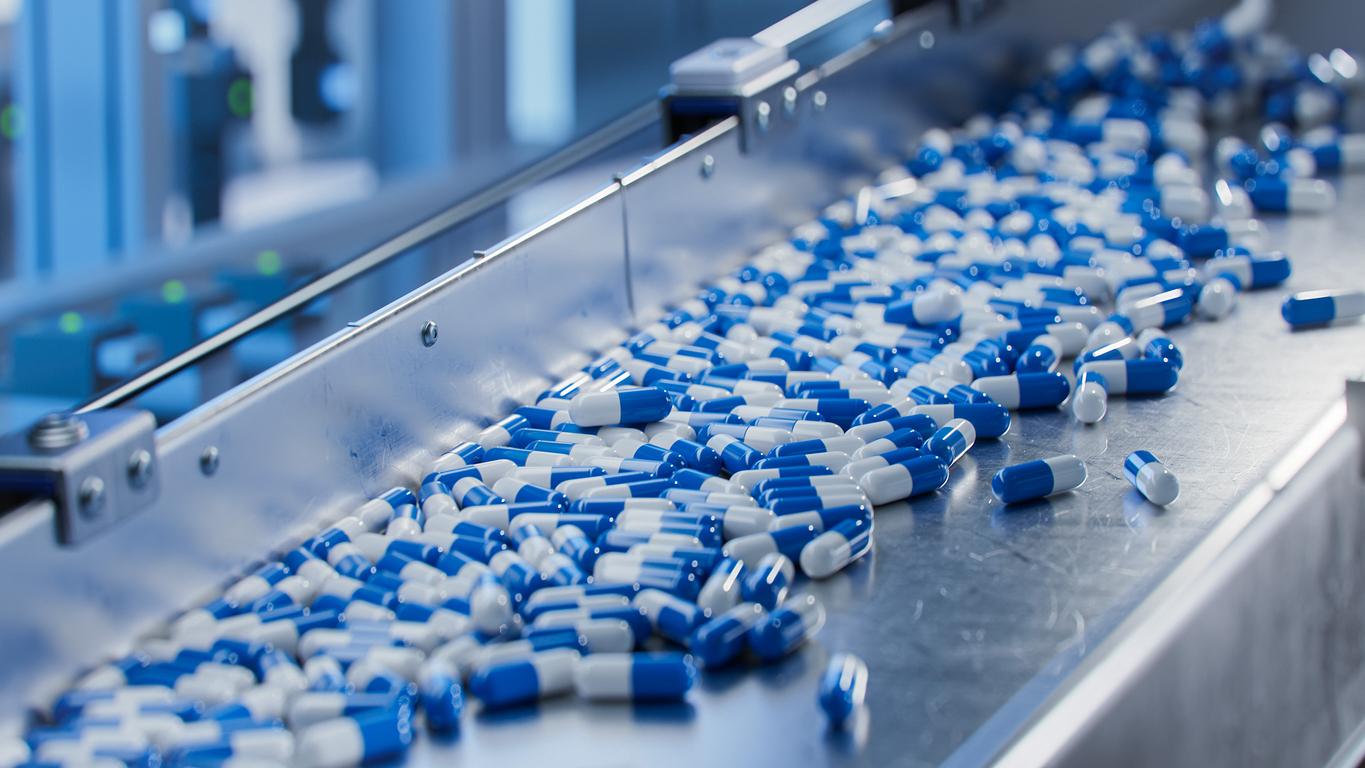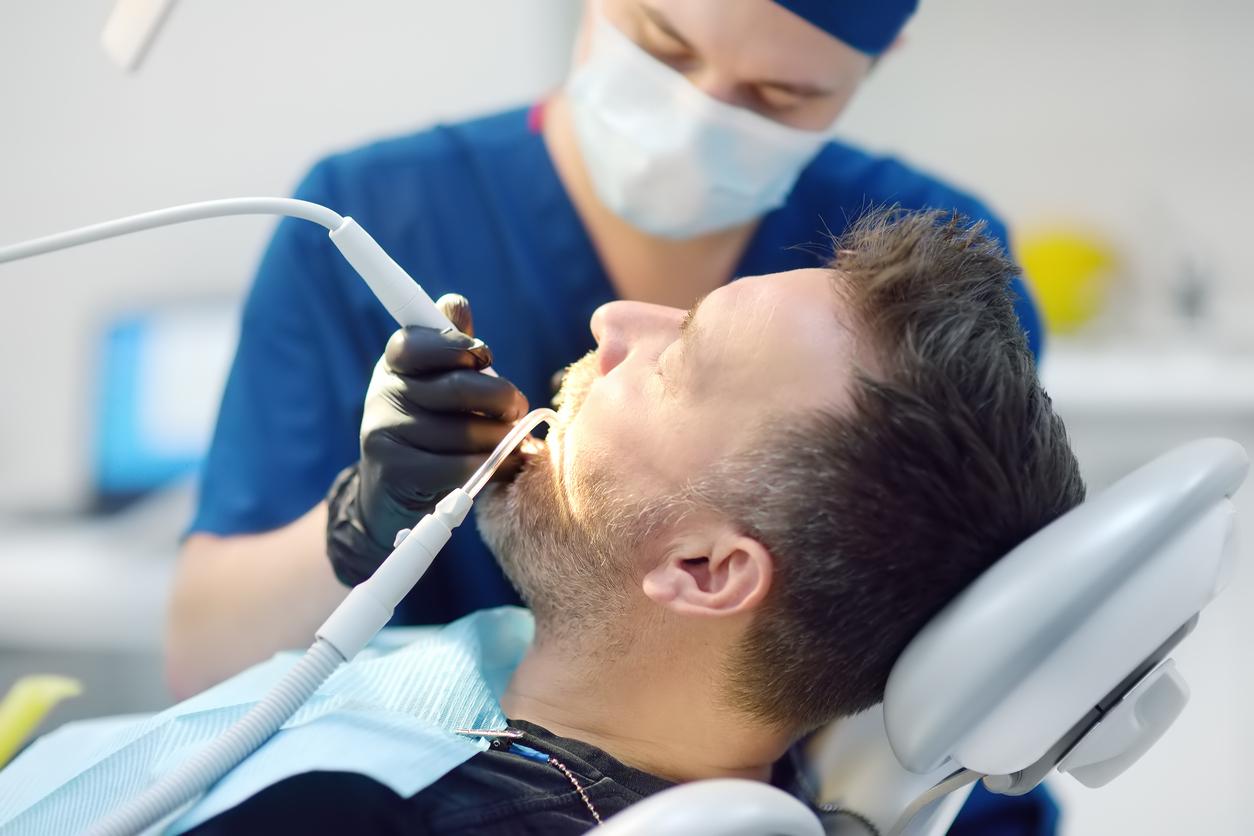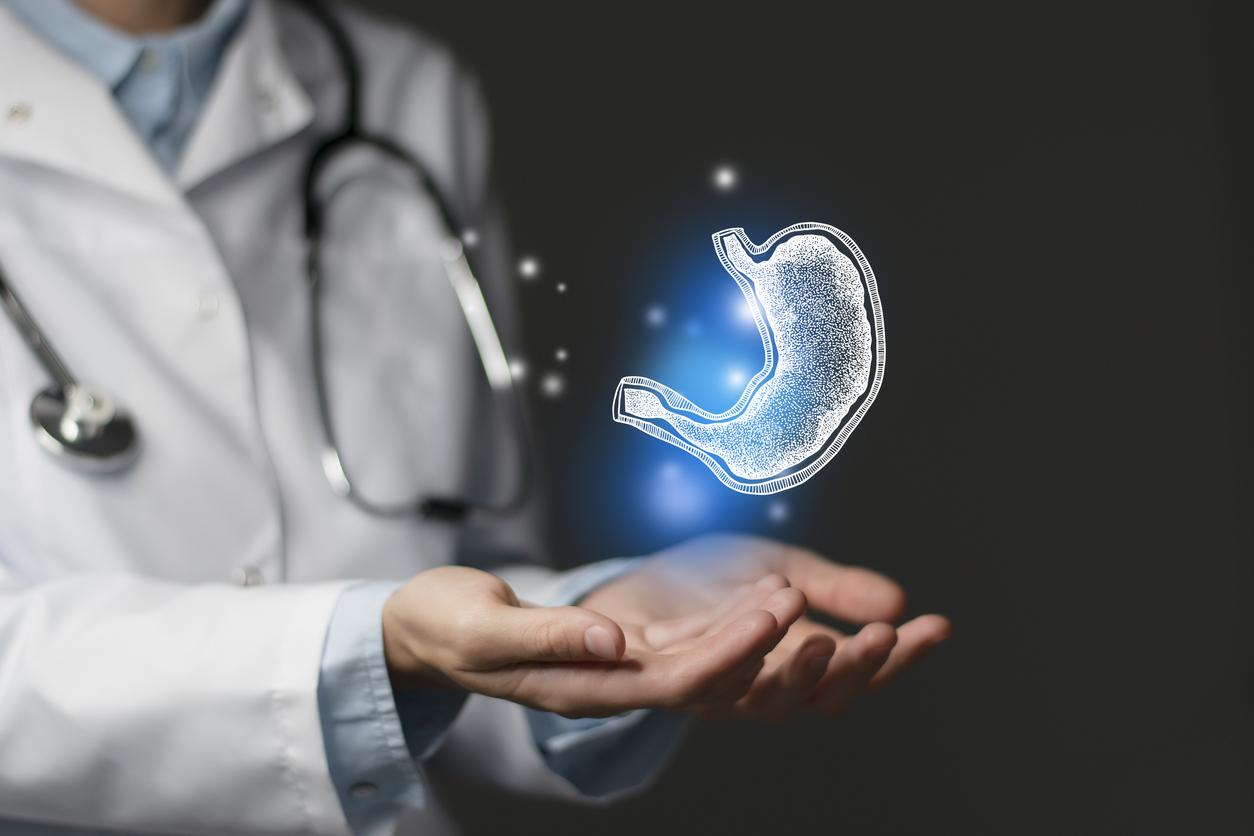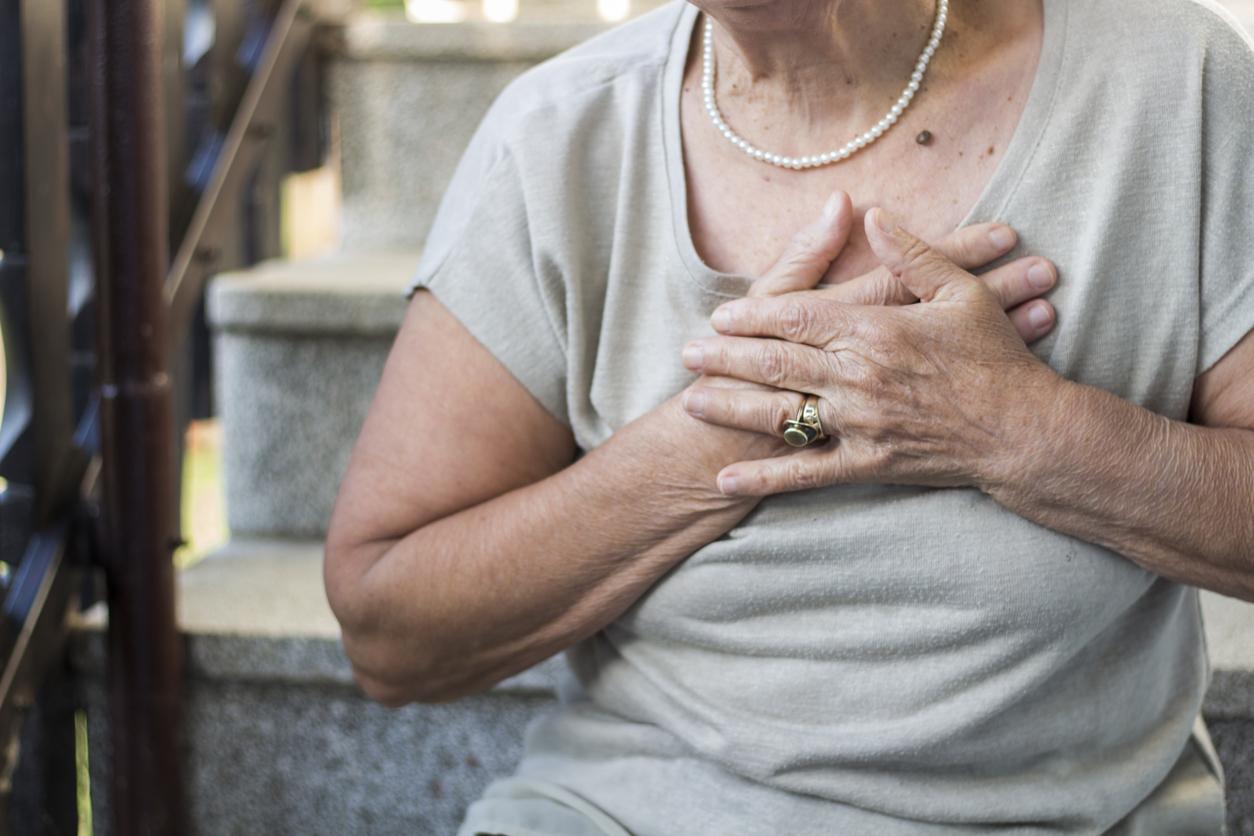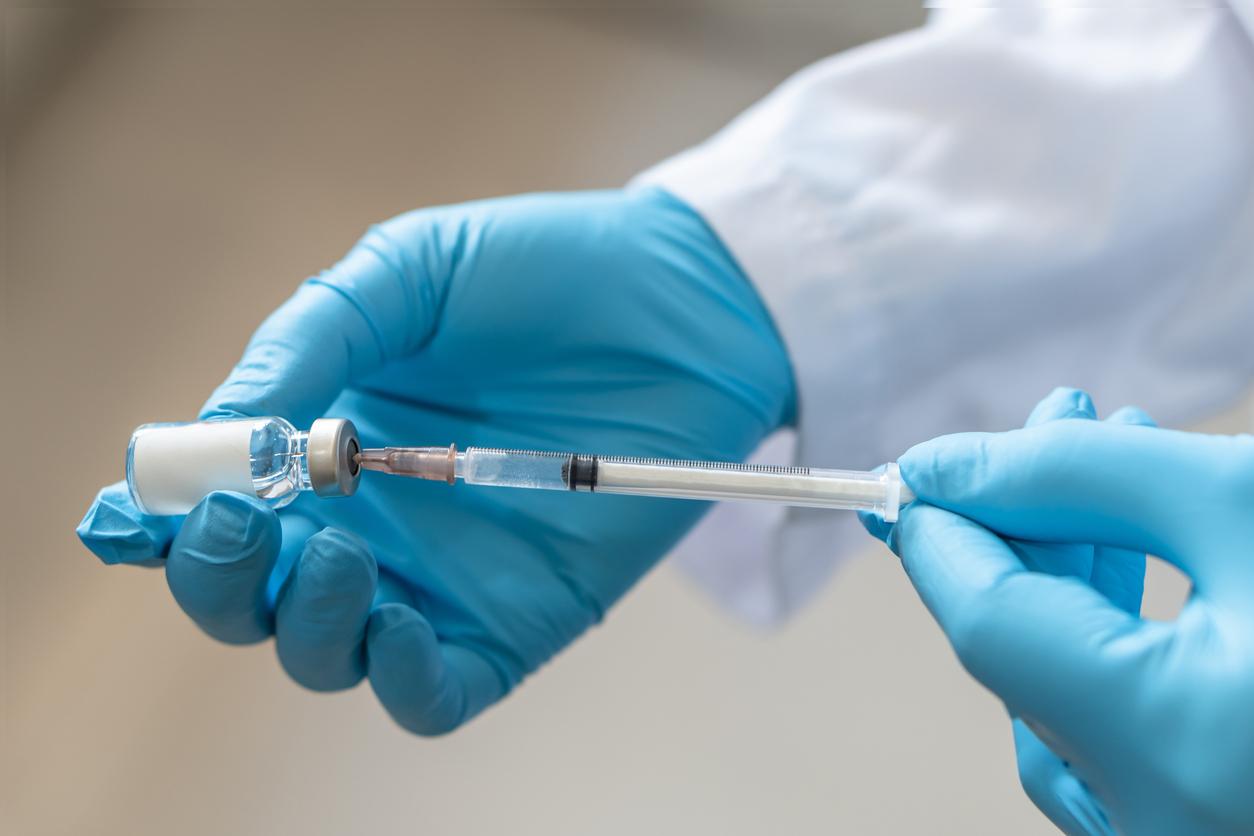A thousand adverse events occur every day in hospitals. To prevent these errors from turning into accidents, 9,000 physicians have had the quality of their practice validated.
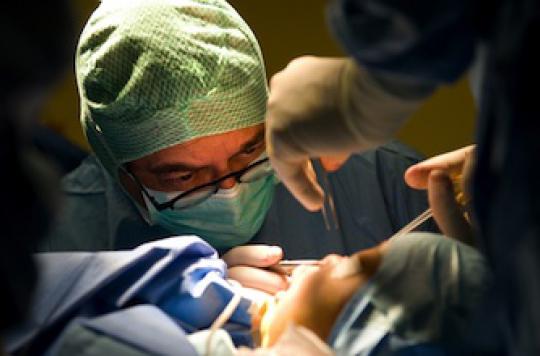
She was coming to have her left kidney removed. She underwent the removal of her right kidney… Obviously, this kind of dramatic news item suffered by a patient in a clinic in Reims in March 2012 is exceptional. But, it is a bit like the tree that hides the forest. To reduce the number of adverse events that occur every day in hospitals, clinics or medical offices – there are a thousand a day in hospitals alone – the medical profession is getting organized.
In 2007, a system was put in place: accreditation. The High Authority for Health (Has) has just drawn up a first assessment of this system. In six years, a little over 9,000 doctors have received the precious label: a certificate attesting to the quality of their practice.
The accreditation is in fact based on a theory well known to airplane pilots, that of “the alignment of the holes of Gruyère”. In other words, a grain of sand does not necessarily seize the machine; on the other hand, when several grains of sand are linked together, one often ends up in a tragedy. To avoid getting there, doctors were inspired by a risk management technique developed by airplane pilots. The starting point is to systematically declare “near accidents”, these events that could have gone wrong.
Listen to Dr Jean-François Thébaut, member of the college of the Haute Autorité de Santé: “Experts offer practical solutions so that these near accidents do not happen again.”
Declare errors then dissect them and then find solutions, this is the principle of accreditation. In six years, 52,400 risk-bearing events have been recorded. Among them, a good hundred are frequent and require that the doctors find a parade.
For example, in plastic surgery, there was frequently confusion between an injectable antiseptic and an anesthetic, two colorless products. To avoid any errors, the solution is very simple: all you have to do is agree on a container of a given color for each of the products. Another example: digestive surgeons tended to use new staples or even new pliers to sew up the digestive tract without having previously been familiar with their handling. “They discovered them at the very moment of an operation,” explains Bertrand Millat, digestive surgeon at the Montpellier University Hospital. Today, manufacturers are obliged to provide upstream training. “
This transparency was not really in medical culture. And for Claude Rambaud, president of the Interassociative Health Collective (CISS) and therefore patient representative, the increase in the number of reports represents “a real success. It is even formidable. Orthopedic surgeons, for example, get information back and discuss solutions. It is no longer a taboo subject. I am sure that thousands of accidents have been avoided. “.
But accreditation is not limited to that. Doctors who want to obtain the label must be evaluated annually by an expert in their specialty. And every four years, they challenge their accreditation. In return, the Health Insurance covers part of the liability insurance premium of the accredited doctor. For a digestive surgeon, for example, this represents 8,000 euros per year.
As for the HAS, more than 9,000 doctors in six years, this is an “encouraging” progress report. In fact, this represents a third of the 35,000 physicians targeted by accreditation, that is to say those practicing a specialty at risk. However, the High Authority does not hide the flaws in the system. 72% of accredited doctors are Liberals. Hospital workers who do not pay their insurance premiums themselves are clearly more difficult to attract.
Listen to Prof. Bertrand Millat, digestive surgeon at the Montpellier University Hospital: “Imagine doctors only motivating themselves for patient safety for financial reasons, that’s not glorious.”
As a result, the specialties where the civil liability premiums are the heaviest (orthopedics, obstetrics, anesthesia-sheave) play the accreditation game more than cardiologists or gastroenterologists. To attract a greater number of doctors, and therefore protect more patients, Professor Bertand Millat is counting on the new generation of doctors. “I hope patient safety testing will become mandatory during training. A national patient safety program is already in the works at the Ministry of Health.
The other lever is of course the patients. The more the accreditation is known to users, the more they will put pressure on their doctors so that they have the famous label.
Listen to Claude Rambaud, president of the CISS: “The patient must feel like asking the question to his doctor:” Doctor, are you accredited? “
.










